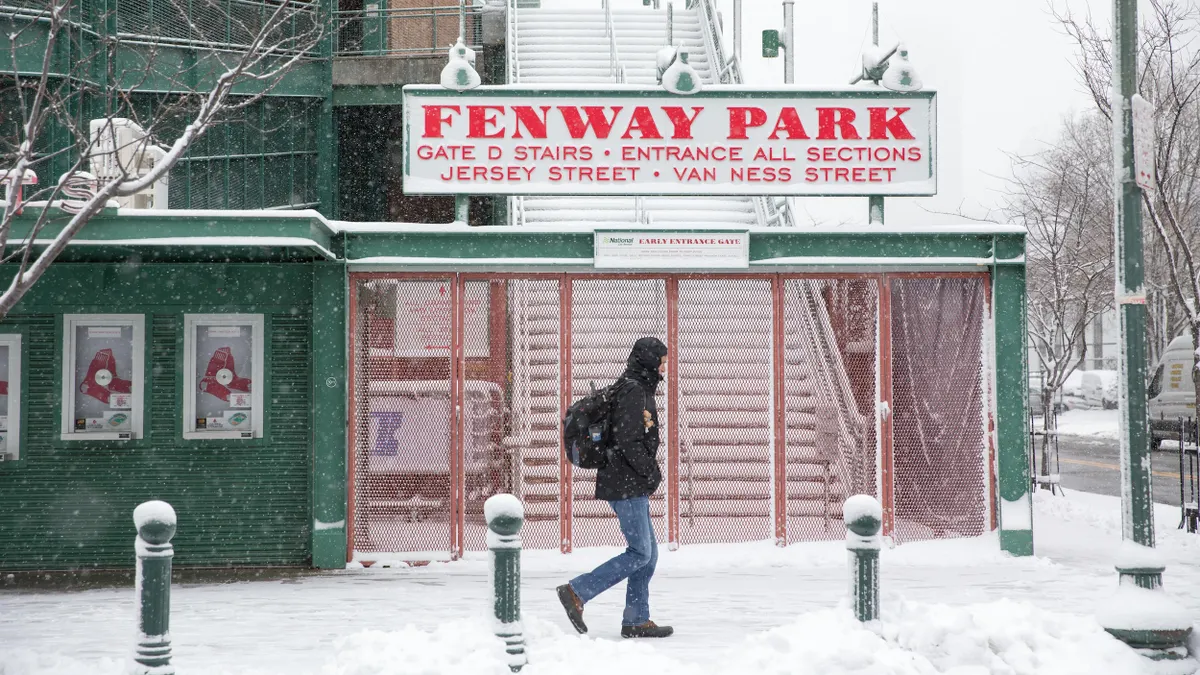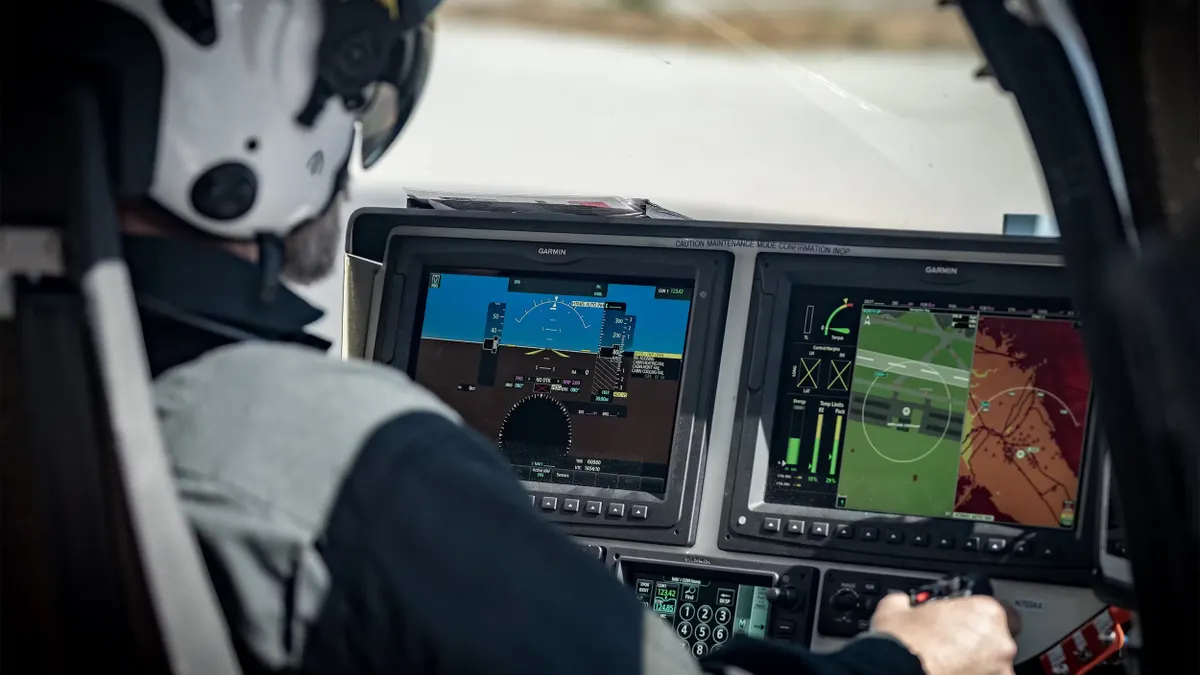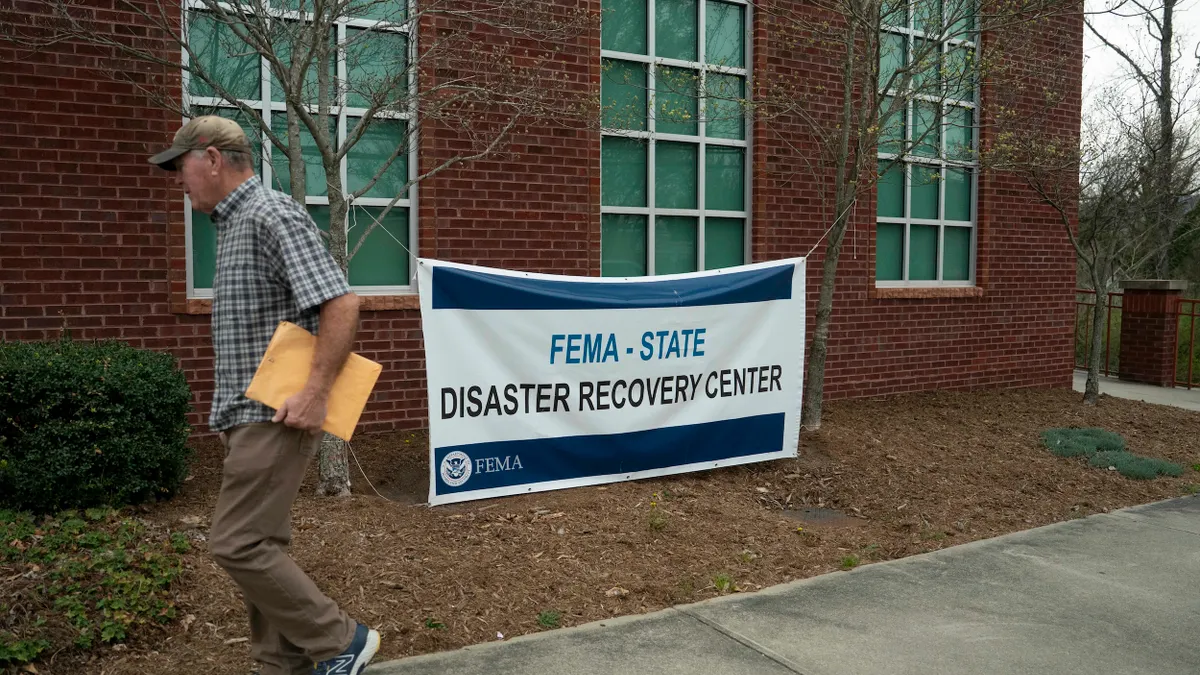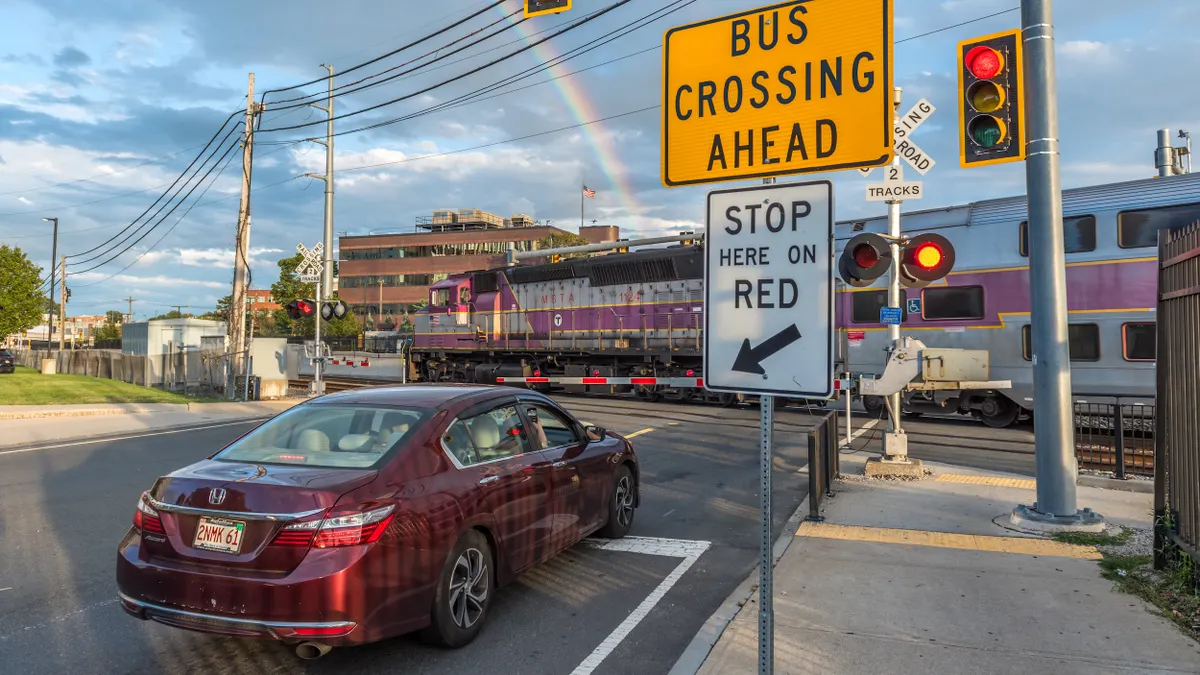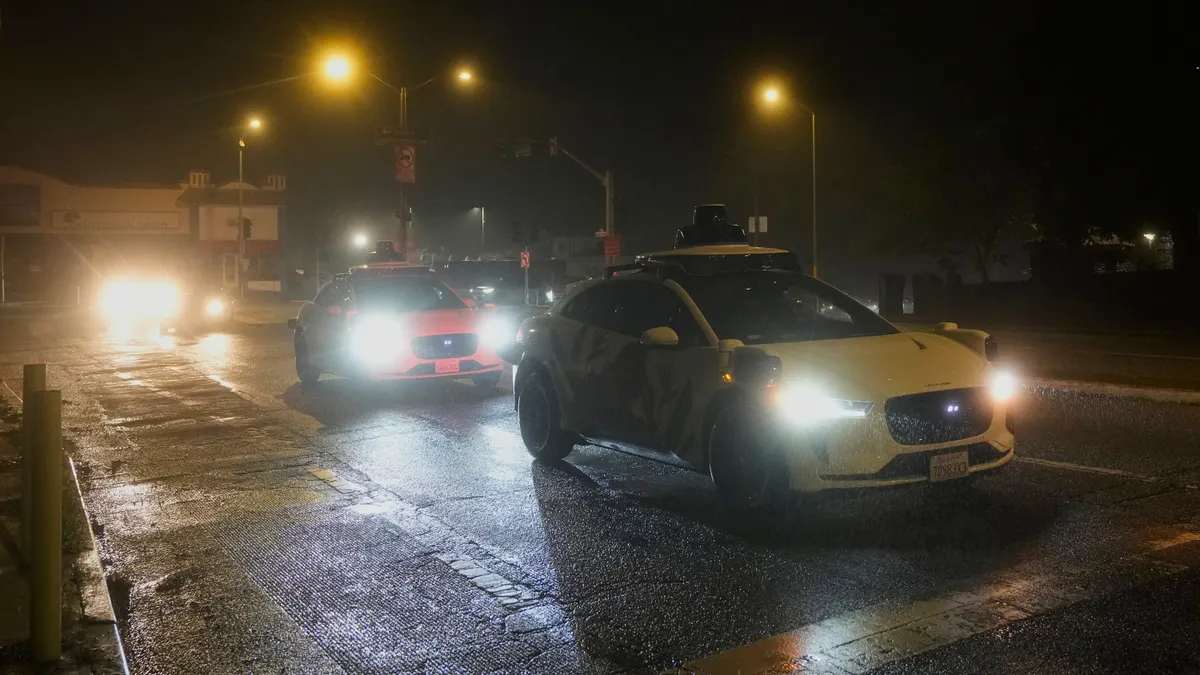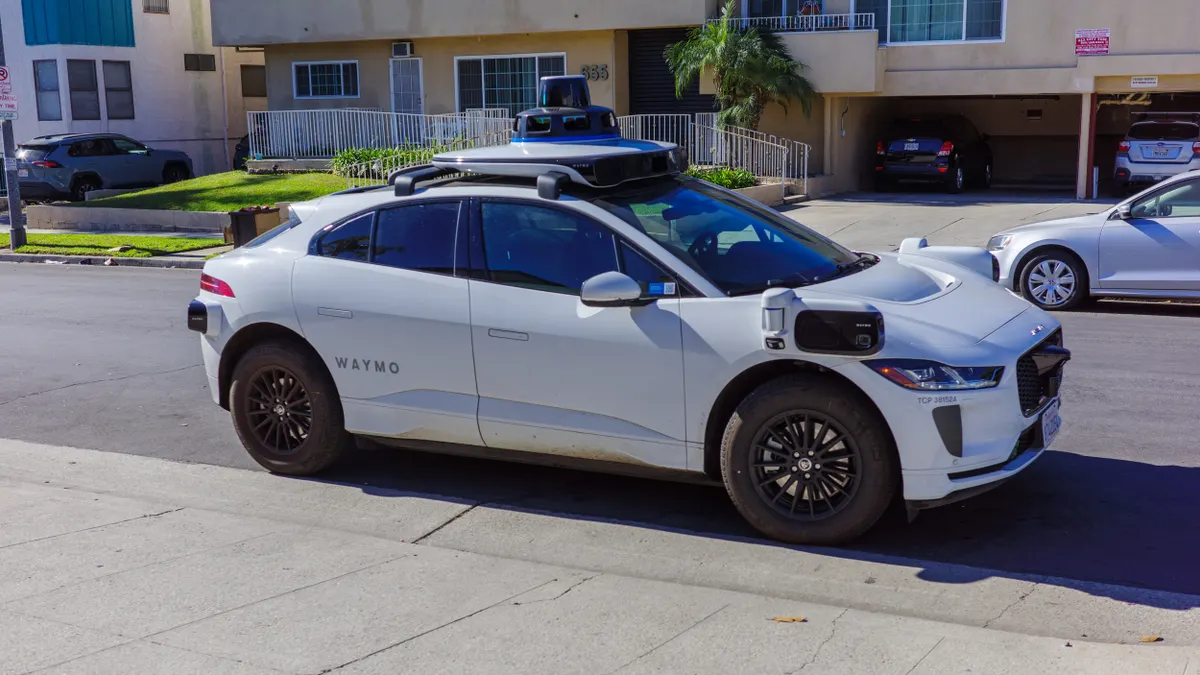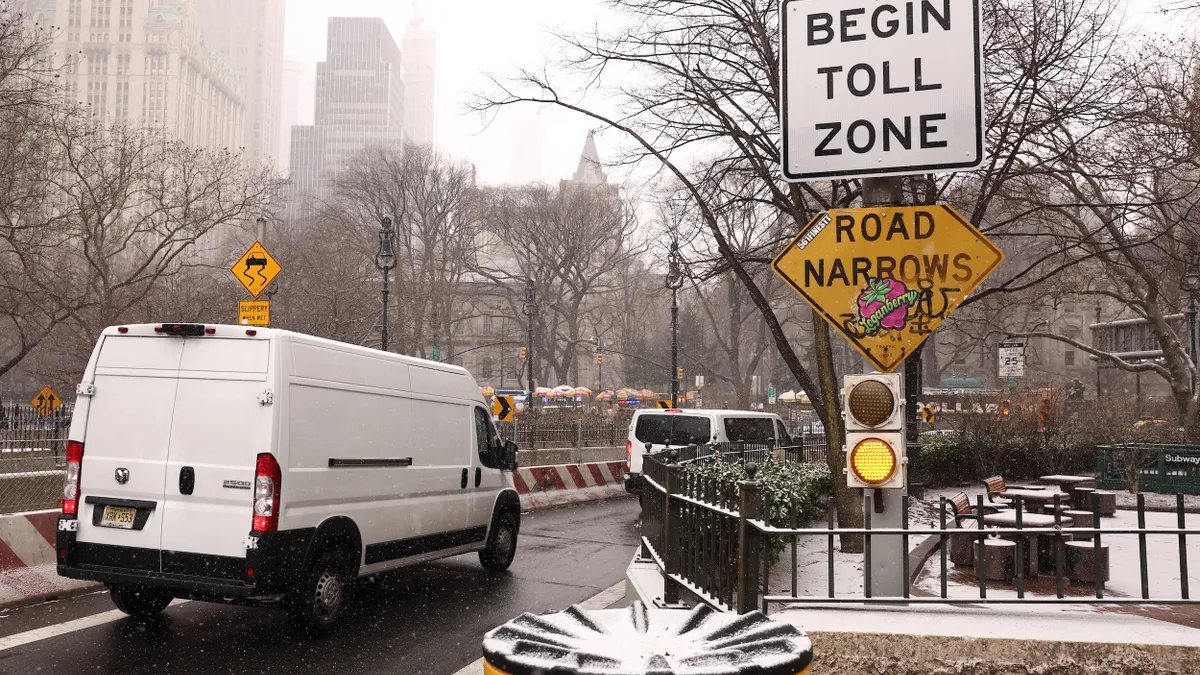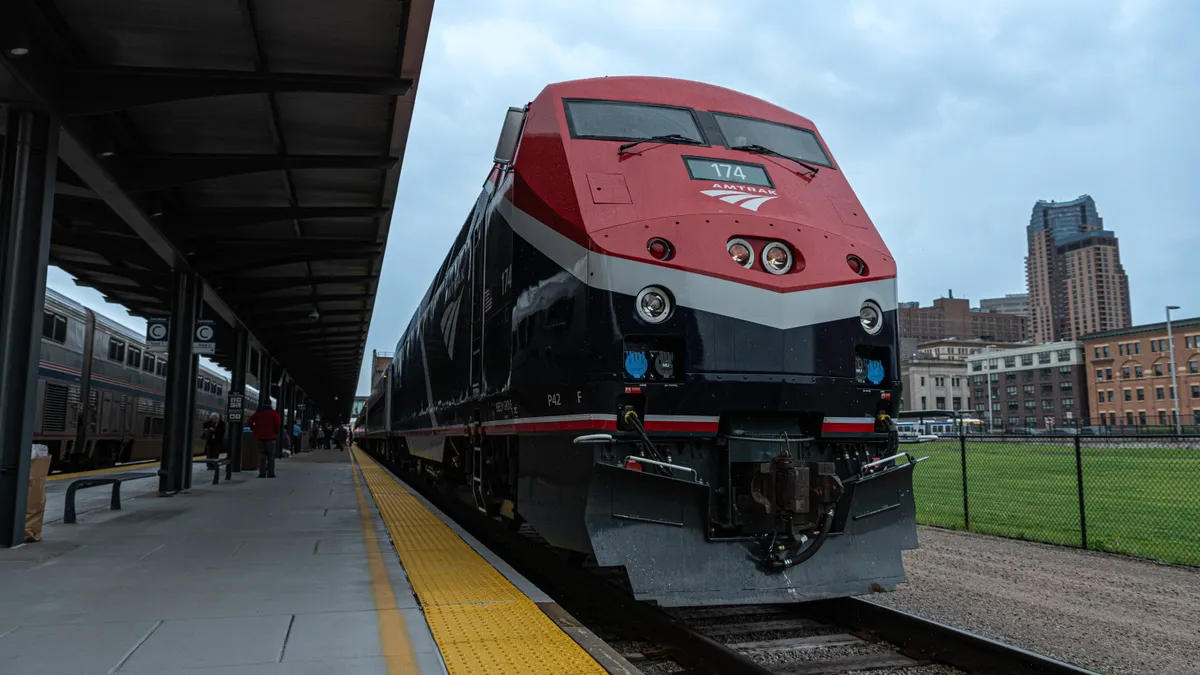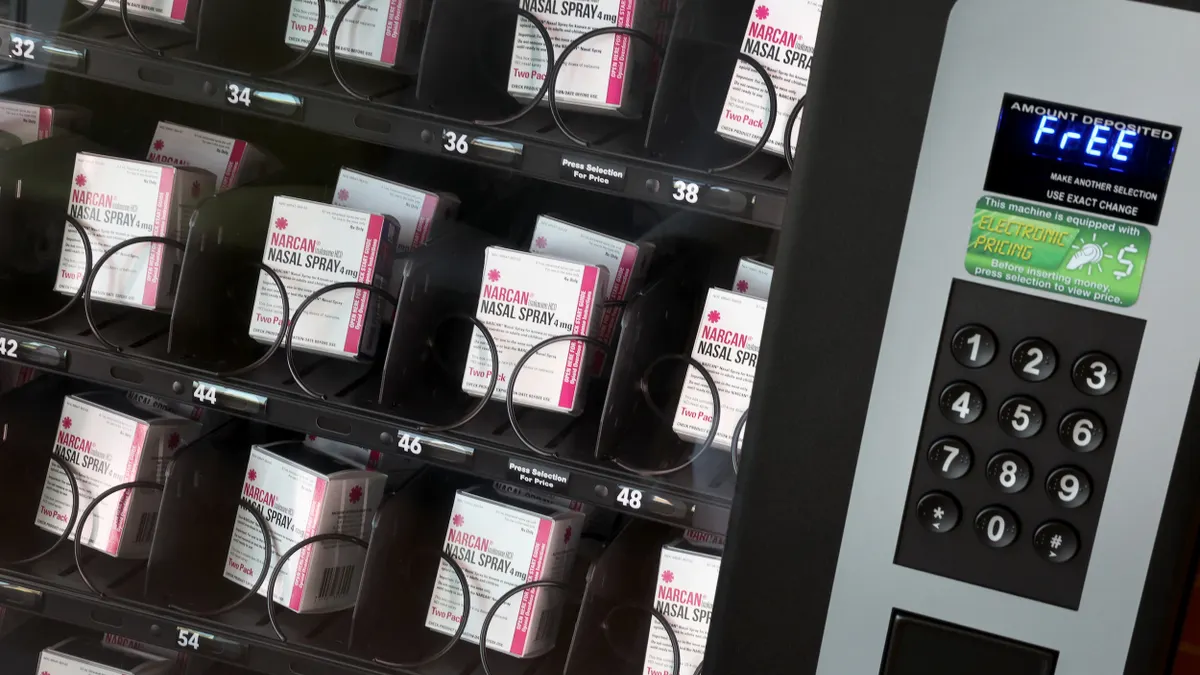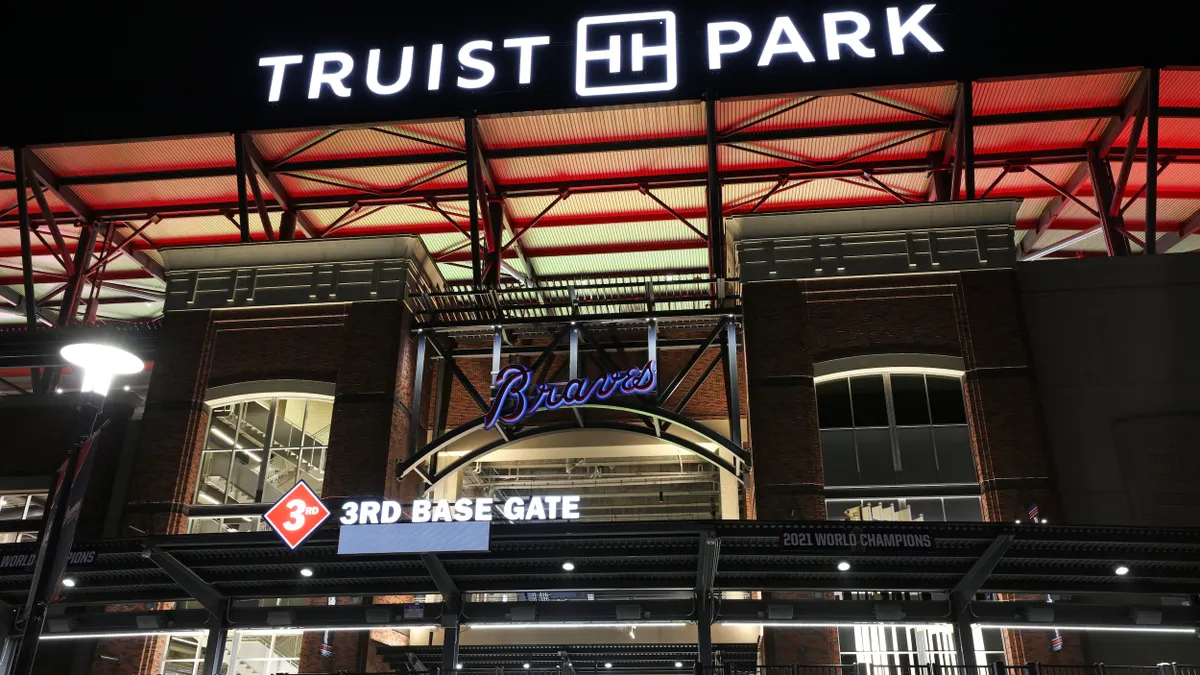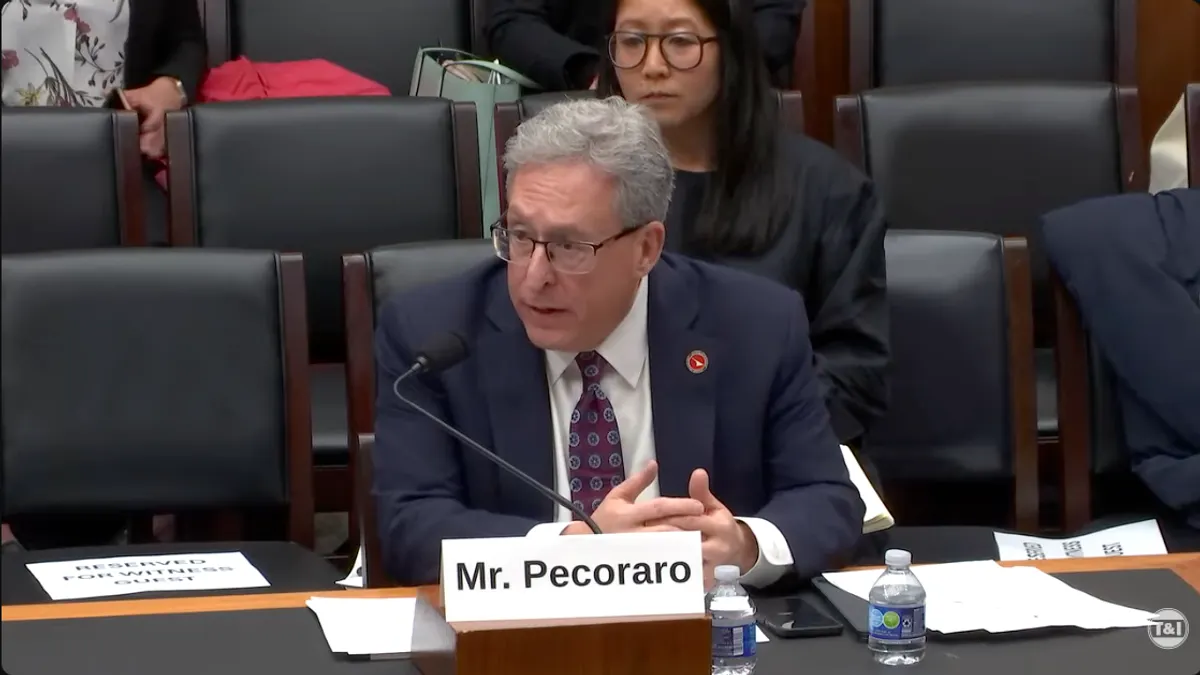Waymo plans to bring its robotaxi service to Washington, D.C., next year and is testing autonomous operations with safety drivers in Boston, New York City and Philadelphia, all cities that can experience harsh winter weather. Until now, Waymo has mainly limited its operations to cities with milder climates: Atlanta, Los Angeles, Phoenix, San Francisco and Austin, Texas. These expansions could show how well its self-driving cars handle snow, ice and long, dark nights.
“Moving to places that have profoundly different weather [will] have a big implication” for safety and operational capability, Ben Bauchwitz, a scientist in human-centered AI at Charles River Analytics, said. The company conducts research on AI and related fields.
Bauchwitz said it’s crucial for Waymo to collect “four seasons of data in the Northeast” before carrying paid riders. Last winter, the robotaxi company tested vehicles in upstate New York, Michigan and Truckee, California, a small town nearly 6,000 feet above sea level in the Sierra Nevada mountains.
“Safety is all about the things you didn't think were going to happen but happened anyway,” Philip Koopman, a Carnegie Mellon University professor emeritus and safety expert in autonomous vehicles, said in a January interview.
Eran Ofir, CEO at Imagry, an AV software company, acknowledged that Waymo will face “weather conditions that they haven't met in the West.” These include snow, ice, black ice, high winds, long dark nights and low sun angles in winter that can blind onboard cameras, he said.
Ethan Teicher, a Waymo spokesperson, said in an email the company is “making great progress” in developing the capability to drive safely in winter weather. “In the immediate future, we would treat snowfall much like any other cautious driver would and pause operations if weather conditions are outside of the scope of our technology,” he said. “We currently operate in San Francisco, Los Angeles, Phoenix, Austin, and Atlanta, so we already see heavy rain, thick fog, bright sun, and dust and ice storms.”

How AVs see the road
Waymo’s autonomous vehicles rely on multiple types of sensors, including cameras, radar and lidar. Before launching robotaxi service in a new city, Waymo sends out its vehicles, with human drivers, to create detailed maps of the area it plans to serve. The result, according to Bauchwitz, is that “you're generally going to have at least one sensor stream that can penetrate any kind of weather at any given time.”
Since 2023, Tesla vehicles have only used cameras for their Autopilot system. CEO Elon Musk insists its cameras and artificial intelligence are the “digital equivalent of eyes and a brain.”
Some experts disagree, noting that Tesla’s advanced driver assistance systems require a human driver to monitor the vehicle’s actions and be ready to take control at all times.
Ofir was more confident in Tesla vehicles’ ability to operate in winter weather conditions. Autonomous vehicles that rely on maps may encounter issues in winter storms, he said, whereas Tesla’s AI system “is getting cues from all kinds of objects” in the surrounding area, and it understands what it is seeing — “the same way that we would process” the scene.
Vehicles with multiple sensor types need to compare and contrast the incoming data, Ofir said, which can delay its reaction time. Imagry has real-world experience in this, he said, from running three pilot programs in Israel with autonomous buses using mapless technology. He said the system can respond to events in less than 100 milliseconds, “at least three times better than a trained driver.”
Waymo uses AI and machine learning as well as sensors to perceive the environment, predict the behavior of road users and navigate in real time. The company’s next-generation architecture will push the “cutting-edge capabilities and the boundaries of AI even further,” it says in an Oct. 31, 2024, document.
Where Waymo could encounter tricky winter weather
Waymo “is going to be ready for riders in Washington, D.C., next year,” Teicher said. Earlier this year, Waymo returned to the nation’s capital for more testing, after an initial round in 2024, to prepare for upcoming robotaxi operations there. Waymo also announced plans to begin serving Dallas next year. While Texas is in the Sun Belt, Dallas winters can feature freezing temperatures, wind, sleet and snow.
The company began testing in New York City with human drivers in July. It applied for a permit to operate ride-hailing service in the city, but New York state law prevents it from operating without a driver. Waymo also began testing in Philadelphia in July.
Boston saw Waymo robotaxis on its streets in May and June, but the service faces “a deep skepticism, if not outright hostility” from local leaders, according to one media report. At a July 24 city council hearing, officials from Mayor Michelle Wu’s administration and some council members expressed concerns about autonomous vehicles operating in the area, according to Boston.com.
“Our streets are narrower in many parts of the city. Our streets do not conform to a typical grid,” Jascha Franklin-Hodge, Boston’s chief of streets, said at the council hearing. “We have one of the highest rates of pedestrian and cyclist usage in the city relative to other cities around the country, which creates a whole extra set of risks and complexities for a vehicle.”
Concerned about snow, ice and sleet, City Council Member Sharon Durkan, chair of the Planning, Development and Transportation Committee, asked Waymo representatives at the hearing, “Are there cases where … a driverless car may make the decision to go out in an unsafe situation?”

Waymo’s robotaxis “not yet validated” for snow
David Margines, a director of product management at Waymo, said the company is testing its autonomous driving technology, which it calls the “Waymo driver,” in snowy environments, adding, “We have not yet validated the Waymo driver for fully driverless operations in things like snow and standing snow on the ground.”
Bauchwitz said Waymo needs to learn the physics “that will predict how driving inputs are going to react in different kinds of snow.”
Waymo has also gotten pushback from organized labor in Boston. Teamsters Local 25 is asking for an ordinance to study the impact AVs will have on the economy, traffic and public safety. “Waymo is steamrolling into cities throughout our country without concern for workers or residents. They’re doing this because they want to make trillions of dollars by eliminating jobs,” Tom Mari, the local’s president, said in a July 25 statement.
Franklin-Hodge expressed additional concerns, including Waymo vehicles’ possible interference with emergency vehicles, double parking when picking up or discharging passengers, navigating through construction work zones and empty vehicles adding to congestion on the city’s streets. Legislation to establish a regulatory framework for robotaxis and other autonomous vehicles is under consideration in the state house.
The U.S. Department of Transportation released a new AV framework in April that aims to spur innovation for autonomous vehicles and “prevent a harmful patchwork of state laws and regulations,” it said in a news release.
Despite the testing, it may be a while before Bostonians can ride in a driverless Waymo robotaxi. “Waymo has no official plans at this time for a commercial launch in Boston,” Matthew Walsh, regional head of state and local policy, East, for Waymo, said at the hearing.



